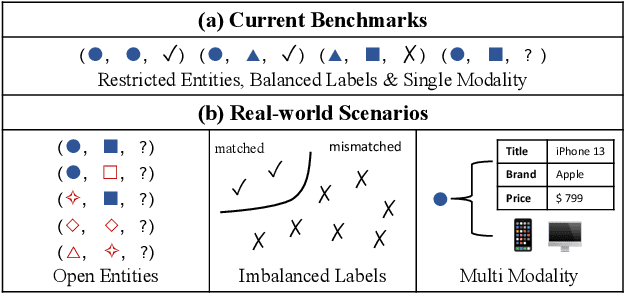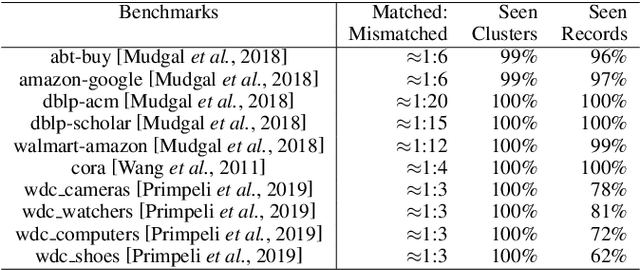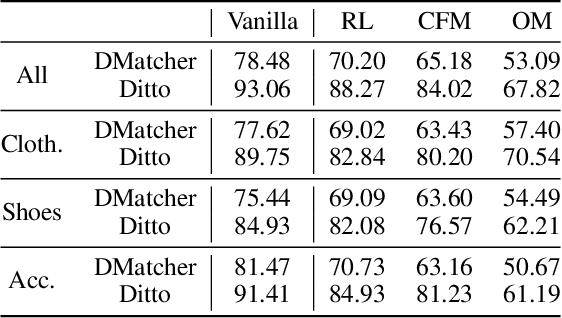Xiuwen Zhu
A Physical Coherence Benchmark for Evaluating Video Generation Models via Optical Flow-guided Frame Prediction
Feb 08, 2025



Abstract:Recent advances in video generation models demonstrate their potential as world simulators, but they often struggle with videos deviating from physical laws, a key concern overlooked by most text-to-video benchmarks. We introduce a benchmark designed specifically to assess the Physical Coherence of generated videos, PhyCoBench. Our benchmark includes 120 prompts covering 7 categories of physical principles, capturing key physical laws observable in video content. We evaluated four state-of-the-art (SoTA) T2V models on PhyCoBench and conducted manual assessments. Additionally, we propose an automated evaluation model: PhyCoPredictor, a diffusion model that generates optical flow and video frames in a cascade manner. Through a consistency evaluation comparing automated and manual sorting, the experimental results show that PhyCoPredictor currently aligns most closely with human evaluation. Therefore, it can effectively evaluate the physical coherence of videos, providing insights for future model optimization. Our benchmark, which includes physical coherence prompts, automatic evaluation tool PhyCoPredictor, and generated video dataset, will all be released on GitHub shortly.
Bridging the Gap between Reality and Ideality of Entity Matching: A Revisiting and Benchmark Re-Construction
May 12, 2022



Abstract:Entity matching (EM) is the most critical step for entity resolution (ER). While current deep learningbased methods achieve very impressive performance on standard EM benchmarks, their realworld application performance is much frustrating. In this paper, we highlight that such the gap between reality and ideality stems from the unreasonable benchmark construction process, which is inconsistent with the nature of entity matching and therefore leads to biased evaluations of current EM approaches. To this end, we build a new EM corpus and re-construct EM benchmarks to challenge critical assumptions implicit in the previous benchmark construction process by step-wisely changing the restricted entities, balanced labels, and single-modal records in previous benchmarks into open entities, imbalanced labels, and multimodal records in an open environment. Experimental results demonstrate that the assumptions made in the previous benchmark construction process are not coincidental with the open environment, which conceal the main challenges of the task and therefore significantly overestimate the current progress of entity matching. The constructed benchmarks and code are publicly released
 Add to Chrome
Add to Chrome Add to Firefox
Add to Firefox Add to Edge
Add to Edge